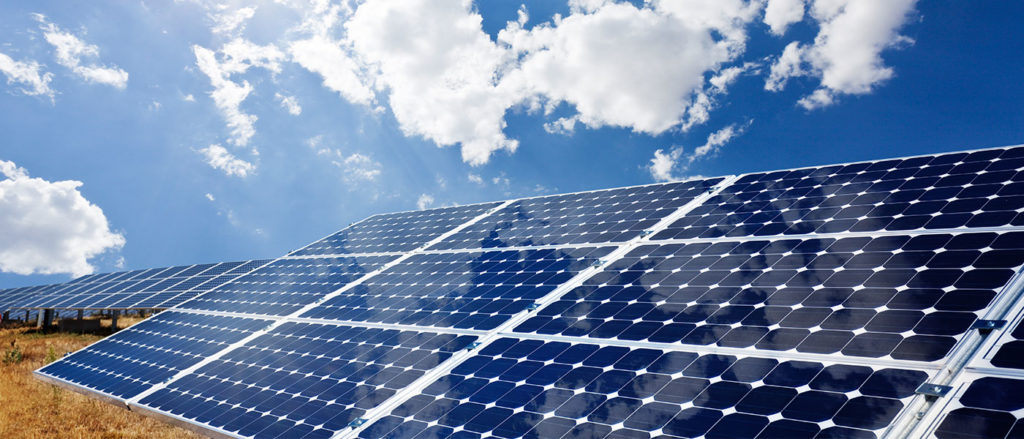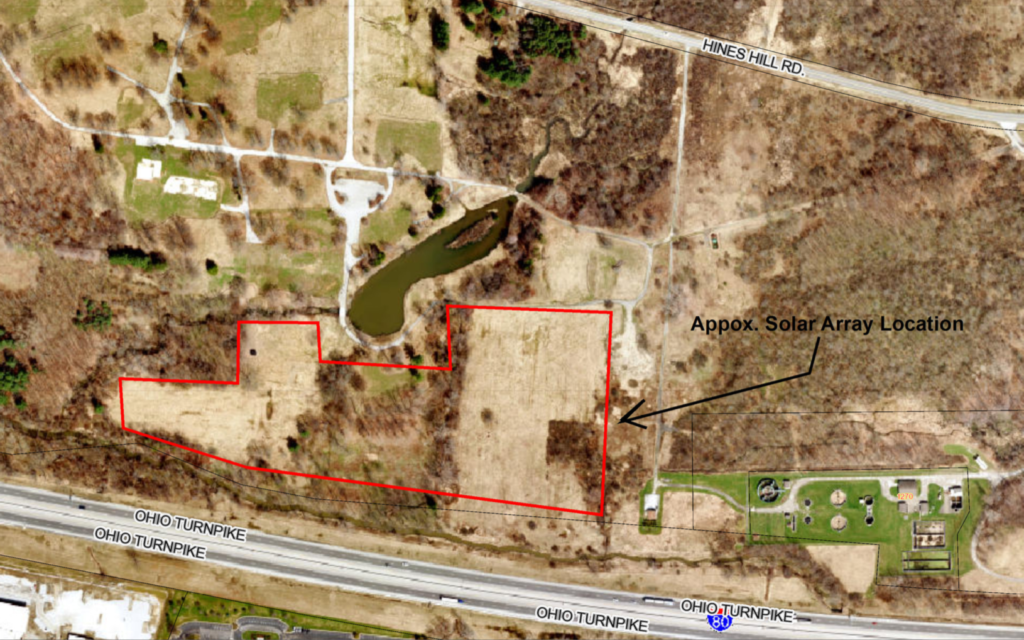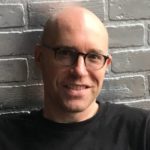Solar Still a Hard Sell in Small Town America: A Case Study
- Go Green Go
-
Jan 02
- Share post

Hudson, Ohio is an upper-middle class suburb between Cleveland and Akron, nestled at the edge of the Cuyahoga Valley National Park. Taxes are high. Schools are great. Hudson is historic and beautiful, with a mostly original down town area and charming village, with many homes well over 100 years old, and others 200 or more.
Hudson was the birth place of abolitionist John Brown, and was a crucial stop on the Underground Railroad. It remains a destination for many seeking a location with resources, character and easy access to the country or the city.
Why is Hudson, OH A Great Place For Solar?
Hudson is unique in that we have our own public power system that services most of the City. The large energy provider, First Energy, provides energy for the rest of the outlying neighborhoods. Since we own our system, but do not produce or own power, the City has an agreement with American Municipal Power (AMP) to fulfill our energy needs which equates to about 42MW. As part of that portfolio, 20-25% of it comes from renewable sources like solar, wind, hydro and land fill gas. This is quite a good number when compared to other small towns in the US.
As a quick side note, land fill gas (methane) is known to be just as harmful and polluting to the atmosphere as natural gas, yet on paper, is considered “renewable”. But this is a subject for another post.
City Council Encourages Staff To Research Solar
About two years ago, at the instruction of City Council, the Assistant City Manager began research on building a utility scale solar array within our own public power system. A consultant was hired and several potential land parcels were investigated.
A request for proposal process was completed, and a project proposal was finalized whereby a national solar developer would partner with a local provider to develop a 2MW system – which would account for approximately 4-5% of our peak power usage – at no up-front cost to the City, other than providing the land and the connectivity to the grid. An LLC would be created to manage the system, and over the life of a 25 year contract, would sell 100% of the energy to Hudson Public Power for a price lower than what they were currently paying to AMP. The array would be slated for construction on a unused parcel of City-owned land near the turnpike. No trees would need to be removed, nor would any wetlands be disturbed.

Discussion and Vote
Initial numbers were optimistic that the City could save nearly $200,000 per year in peak power energy costs, not to mention the savings in transmission fees, on a $15.8 million total energy budget. But before going to City Council for a final vote, that number was revised to $35,000-$65,000. Not huge, but still a savings.
As discussions unfolded over the course of three council meetings, many good questions were raised about the actual savings the system would provide to residents, as well as the real long-term potential the system would have as the cost of energy from renewable resources continues to fall.
All in all, despite the seemingly insignificant size of the proposed system, it seemed like a no-brainer for the City to take this step towards new, inevitable renewable energy technology. After all, the City had already shown a willingness to embrace renewables through their purchase agreement with AMP, and through another solar demonstration project at a local community center.
During the final reading and final discussion of the legislation, it became clear Council was not convinced, and it would be a close vote. Having watched the process, and engaged in many personal conversations with members of Council on this subject, I knew there were two solid no’s, three yes’s and two on the fence.
While environmental concerns and climate impact were mentioned, for this project, they were not seen as deciding factors.
The two no’s were no’s from the outset. They never saw the financial benefits as significant enough, and are not concerned with environmental issues.
The three yes’s were comprised of our one young, progressive Councilman, and two that saw this project as an “exhibit”, “first step” or “demonstration” to something bigger and better.
The final two swing votes were prepared to vote yes, but despite the positive financials, they changed their mind, and both voted no. They did not see the size of the system or the cost savings to be significant enough.
Project fails 4-3.
What Can We Learn From A Failed Vote?
As a strong proponent of renewable energy, and someone who feels we need to be taking immediate and meaningful action to end our use of fossil fuels, this is the point in the post where I planned to express my frustration at those on Council who voted no, and point out where and why they were wrong, while illustrating their contradictions.
Instead, I’d much rather have this article act as a learning tool for others who might be attempting to get more renewable energy in their town. So I’ve embedded the City Council discussion for you to view and make your own judgement.
In the end, what ultimately doomed the project was the emphasis on the seemingly insignificant cost savings, when compared to the overall energy budget. Additionally, some on Council would rather see the land parcel developed for commercial purposes, where the City can potentially benefit from more tax revenue.
While environmental concerns and climate impact were mentioned, for this project, they were not seen as deciding factors. Our City Council just does not yet fully acknowledge the climate crisis, our place in it, or the importance of action, no matter how small.
The most encouraging takeaway was the verbal commitment of three of the Councilmen who voted no, who said they would be open to increasing the renewable energy percentage in our portfolio mix from AMP. If they truly mean this, it could potentially make a bigger impact than the solar array itself.
Perhaps this is an opportunity to go 100% renewable, as Cleveland and Cincinnati have recently committed.
One can hope.
The certainty in all this is that this concerned citizen will be holding Council to their words.

Written by: Eric Hancsak
Founder of GoGreenGo.org
Eric owns a graphic design company in historic Hudson, OH, where he lives with his wife and son. He is a Climate Reality Leader trained by Al Gore and The Climate Reality Project, and was appointed by Hudson City Council to a seat on the Hudson Environmental Awareness Committee.
